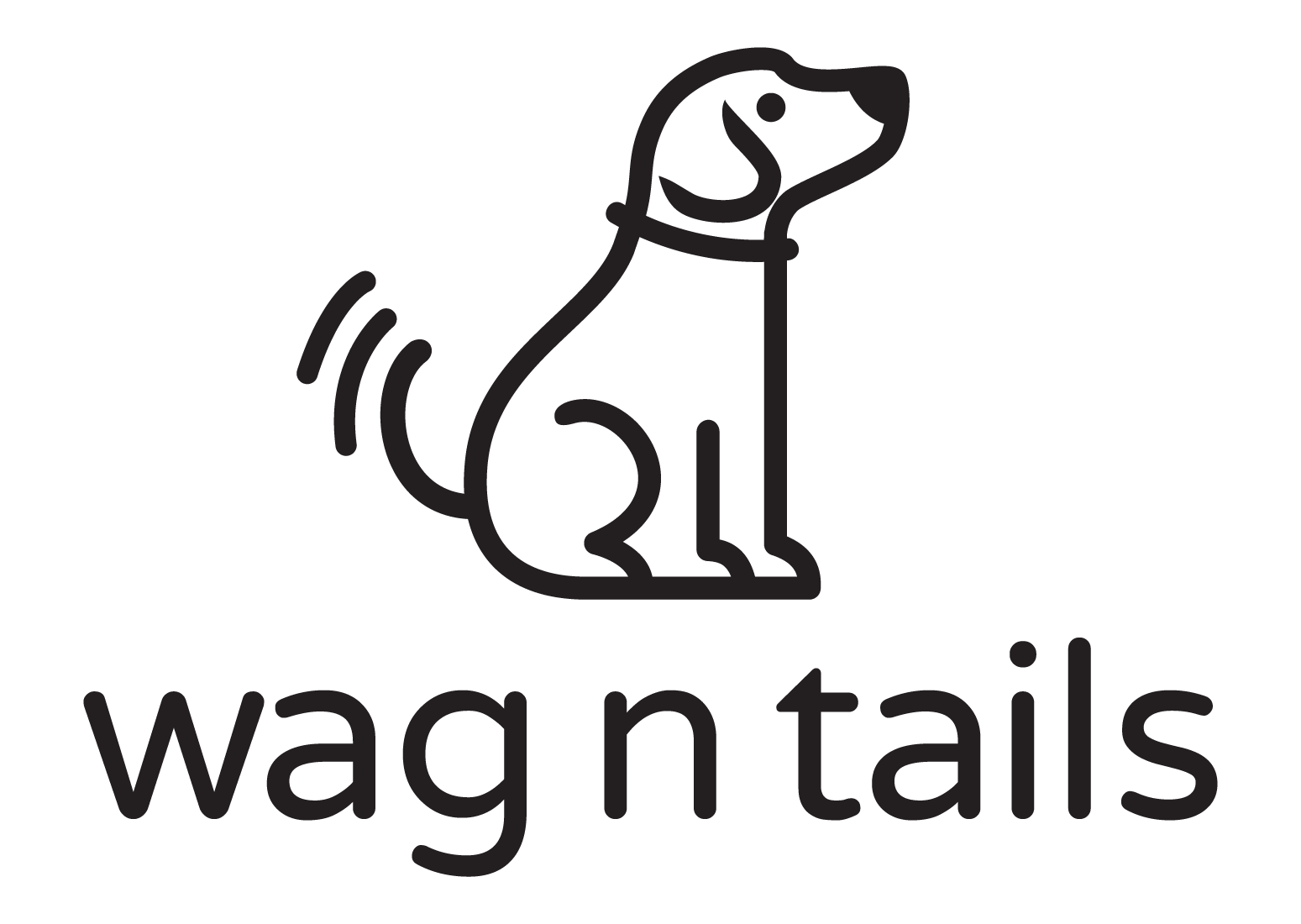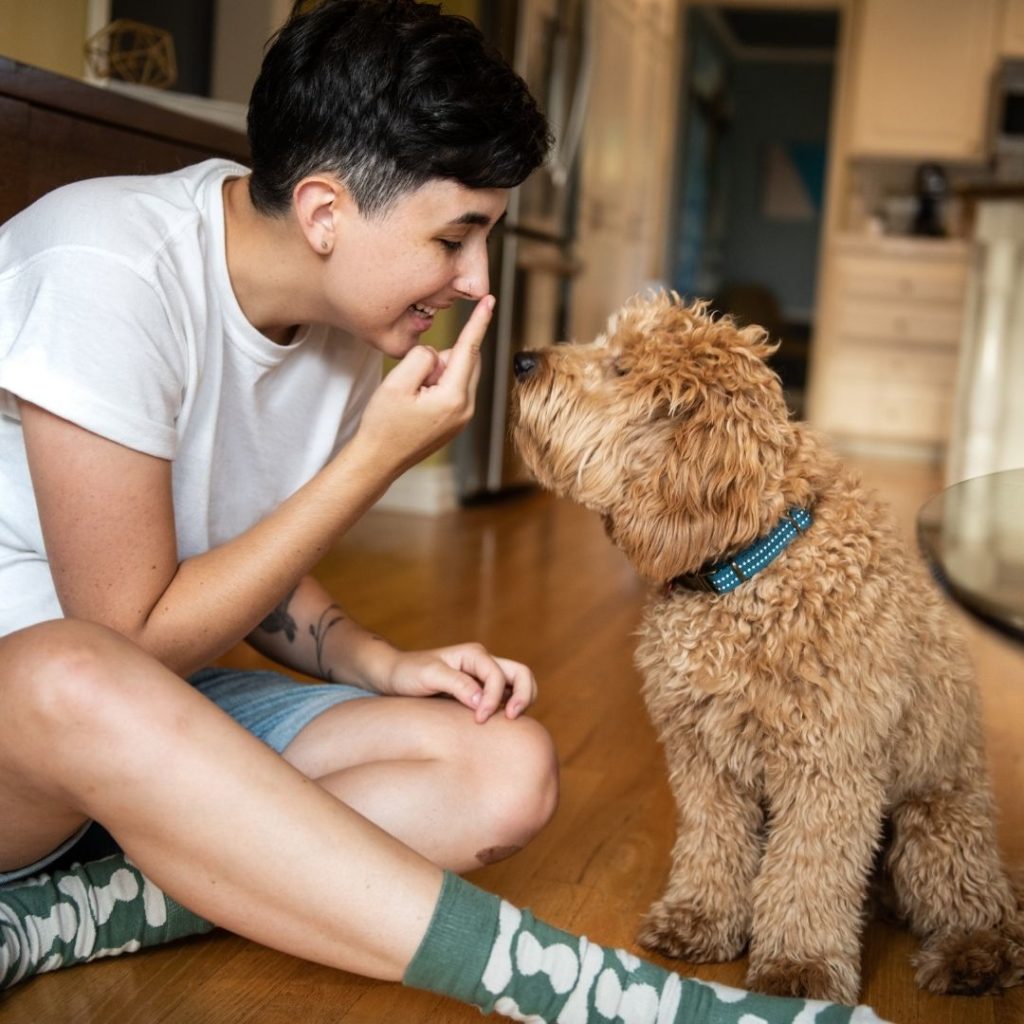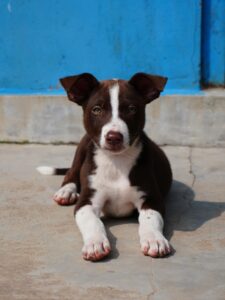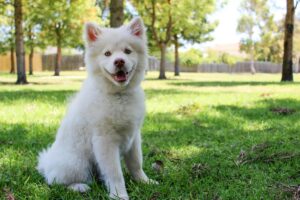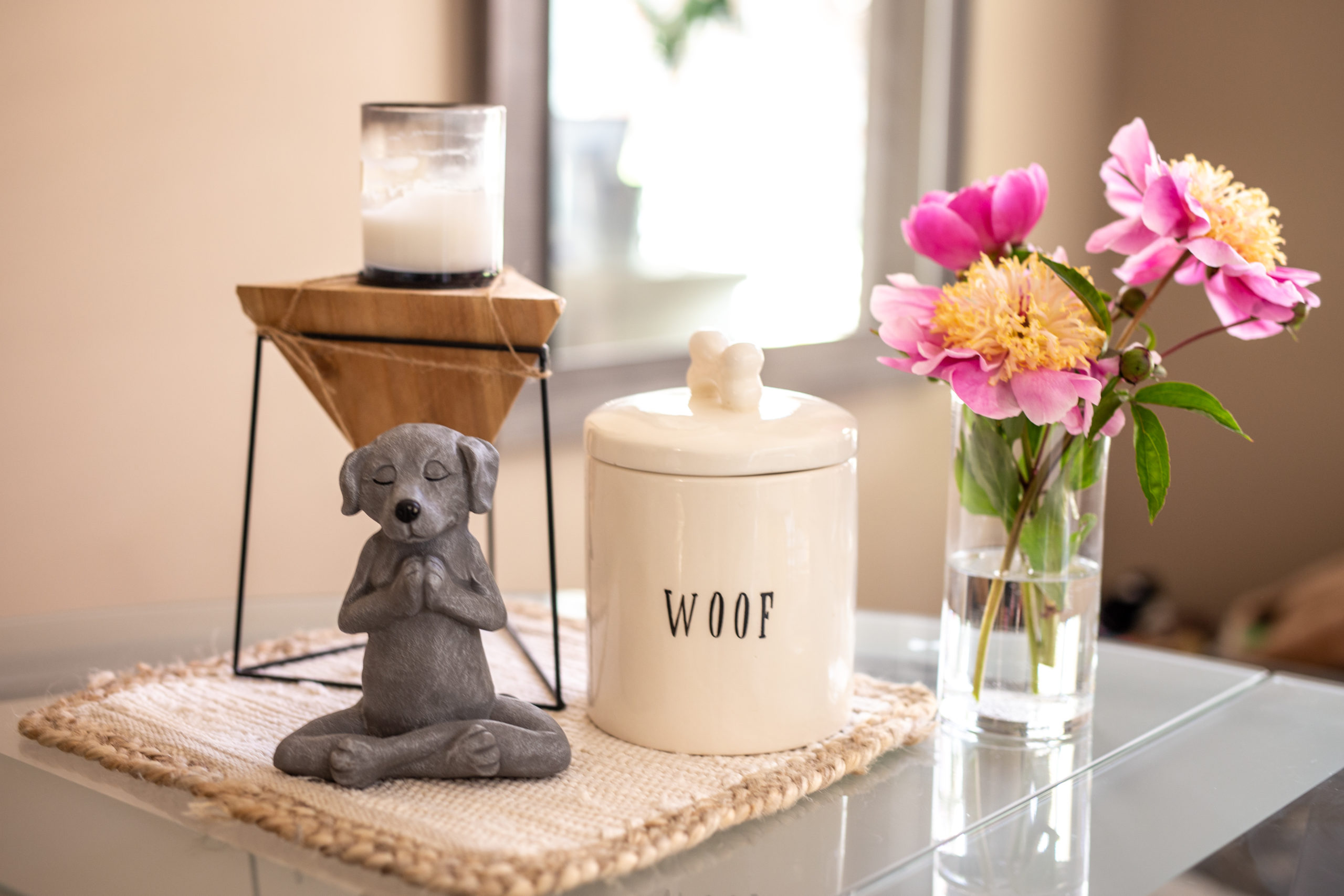
A fun night out with mom at Rally class!
When we gameplay with our dogs, we’re also teaching them how to perform or essentially “operate” in any and all environments. Game playing can really get your dog in “the zone” giving you that beautiful “undivided attention” that you’re needing when those unexpected distractions sneak up! For example, when someone is at the door or a squirrel decides to tease you on a walk, these are the times you really need your dog to focus on you no matter how exciting that “shiny object” is. Activities and training games help you train your dog by teaching them how to LEARN and rely on you. You would be amazed at how these simple focus exercises can improve your skills as a handler plus they increase the bond between you and your dog because you’re having FUN while learning! These fundamentals are very similar types of activities used when parenting or in teaching environments with young children. Makes sense, don’t you think?
The Dream Team
At first, you want to start gently by very gradually adding more challenges. In time, you’ll get out of your comfort zones. This is what really creates that beautiful symmetry and irreplaceable bond as a team. That teamwork teaches your dog to respond to your cues no matter what the level of distraction because the dog WANTS to listen to you.
Progress not Perfection
Be careful not to expect too much from your young learner. Suzanne Clothier, internationally respected dog trainer and author of many publications put it best. When we as humans get our drivers license at sixteen or seventeen years of age, that doesn’t mean we’re driving the next day in Chicago during an ice storm in the dead of night. Think about that next time you’re expecting too much too soon. Try not to jump around with your progress. Very small “bite-sized” pieces of progress will offer you much longer-lasting results! It’s important to end your play and train sessions on a positive note. You wouldn’t want to play a game if you kept screwing up at the game either! This is probably why I don’t particularly care for cornhole at tailgates. My sister is WAY better than me, haha!
Bonding
In no time, you’ll be walking together, learning together, AND playing together. At the same time, you’ll discover the MECHANICS of dog training…together. These are also great games to play with children in the home. Have fun!
1. The Figure 8
Get grounded TOGETHER
It’s so important to manipulate arousal level and teach your dog to connect with you in a new environment. With this game, you can teach your dog how to settle their emotional state, focus on you, take food, and still be able to engage with you. If you’re looking for a connection, this is the game for you!
Dogs this works for:
Busy dogs
Scared dogs
Crazy dogs
Over excitable dogs
Reactive dogs
Pet parents this works for:
The leash jerker
The leash popper
The tripper
The leash “wrist wrapper”
The leash “hold in placer”
The person who gets irritated
The person who gets frustrated
The person who just doesn’t want to train or walk
The person who throws in the towel and the leash
What you need:
Two small objects
Example: Fit paws pods, cones,
Tips: Go very, very (VERY) slow at first
Some dogs can just walk parallel at first!
Pay attention to the arousal level: Check your dogs focus by increasing and decreasing your pace. Can your dog bring themselves back down? We love teaching this exercise in more detail in our leash walking classes, but this gives you a little idea!
2. Paws Up!
What you need:
One object that you can carry/take with you easily
Example: Fit paws balance disk, work-out stepper, step stool
Teach your pup how to put their paws up on cue and then use your release word to come back down. I like to use this eventually with logs, benches, any large rocks, etc. Learn more about the release word here.
3. Sit Happens
A confidence-building exercise! This is a great way to take your dog on an adventure and use more dog training on the go. This helps get your training away from the comforts of home.
What you need:
A chair – Grab your folding chair from the car when you’re on the go and grab your dog for a ride to a local park.
How well does your dog know their stuff? Let’s find out with this connection game. This is an excellent game for teaching your dog to behave when you’re giving cues from a seated position and asking for focus or attention when you’re in a different position. This can be confusing to a dog, believe it or not!
Here’s the game:
Give your dog cues from a seated position.
Reshape the following behaviors from your new position if/when you find that the dog doesn’t know the behaviors.
Bow
Down
Stand
Spin
Sit
Back
Left
Right
Hand Touch
Paw/shake
Troubleshooting:
Be sure to select a cue that your dog is familiar with first if they are at all nervous.
Be careful when you’re out and about not to mistake movement for fun. Just because your dog is moving or active, that doesn’t necessarily mean their behavior is telling us they are comfortable. Comfort is KEY. If you are at all in doubt of what your dog is “saying”, join us for our next dog body language seminar. Check out lots more about that here. Sometimes going, doing, going, isn’t what a dog needs. Some dogs just need calm and do better with relaxation techniques. Watch and learn from your dog.
Game playing with interactive exercises and offering structured activities to do with your dog can be very stress-relieving for the entire family. Have fun with these training games! Better yet, join us for our next Group Training Class and really get your dog training game on. Register TODAY!
Check out our eBook with all kinds of great games, recipes, bonus activities, checklists, videos, and how-to’s to learn from by visiting our store here.
Happy training and bonding!
About Wag n Tails Seminars
We offer seminars on a variety of topics from basic obedience to understanding how your dog learns and responds to cues. We also discuss how to properly use positive reinforcement in dog training and how to be consistent with rewards.
Our seminars are interactive and informative with plenty of hands-on activities. We discuss different dog behaviors and how to structure training around them. We also talk about how to deal with specific issues such as dog nutrition, your dog’s body language, enrichment, treat retreat, barking, aggression, and much more!
Learn more here.
